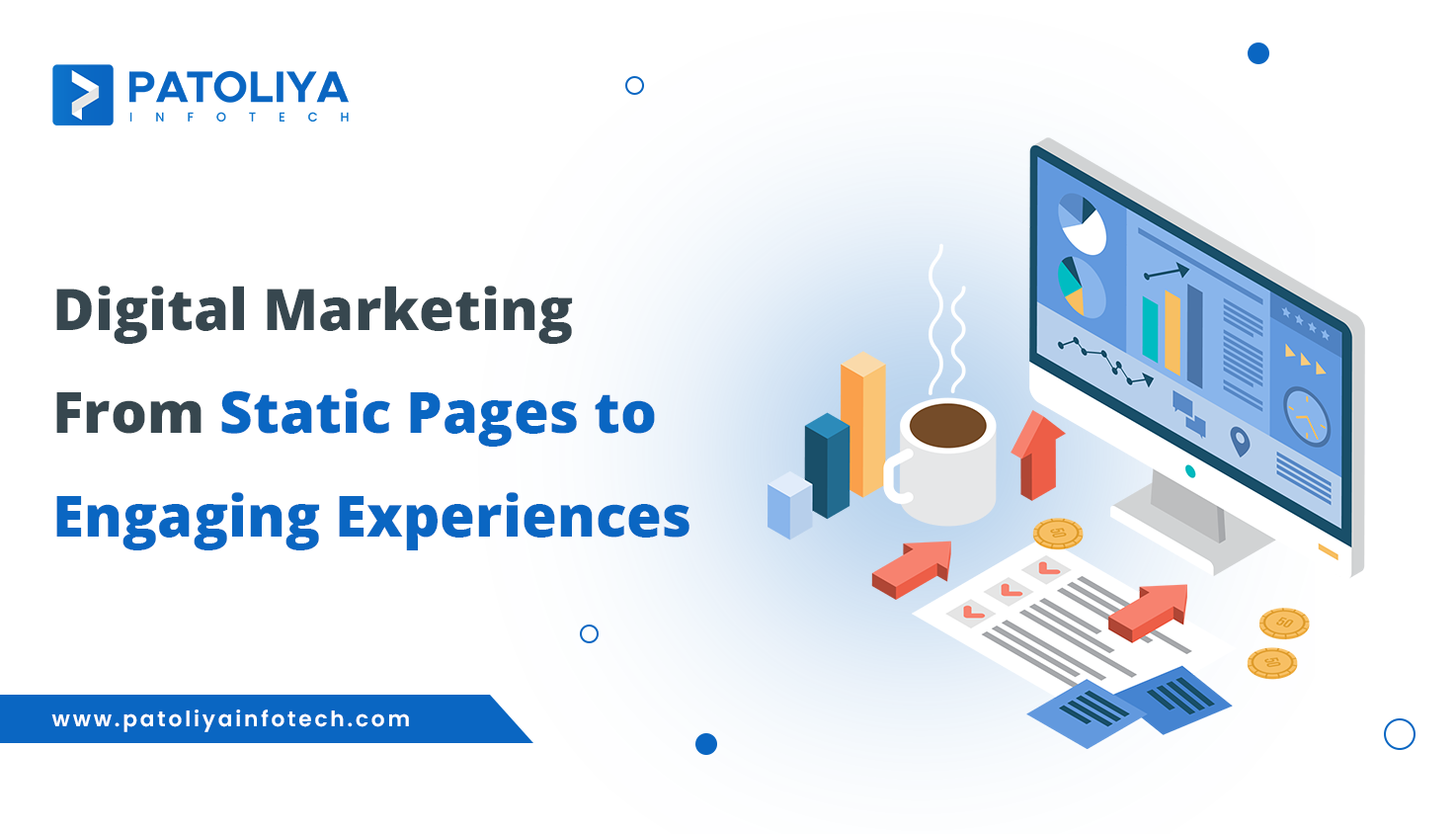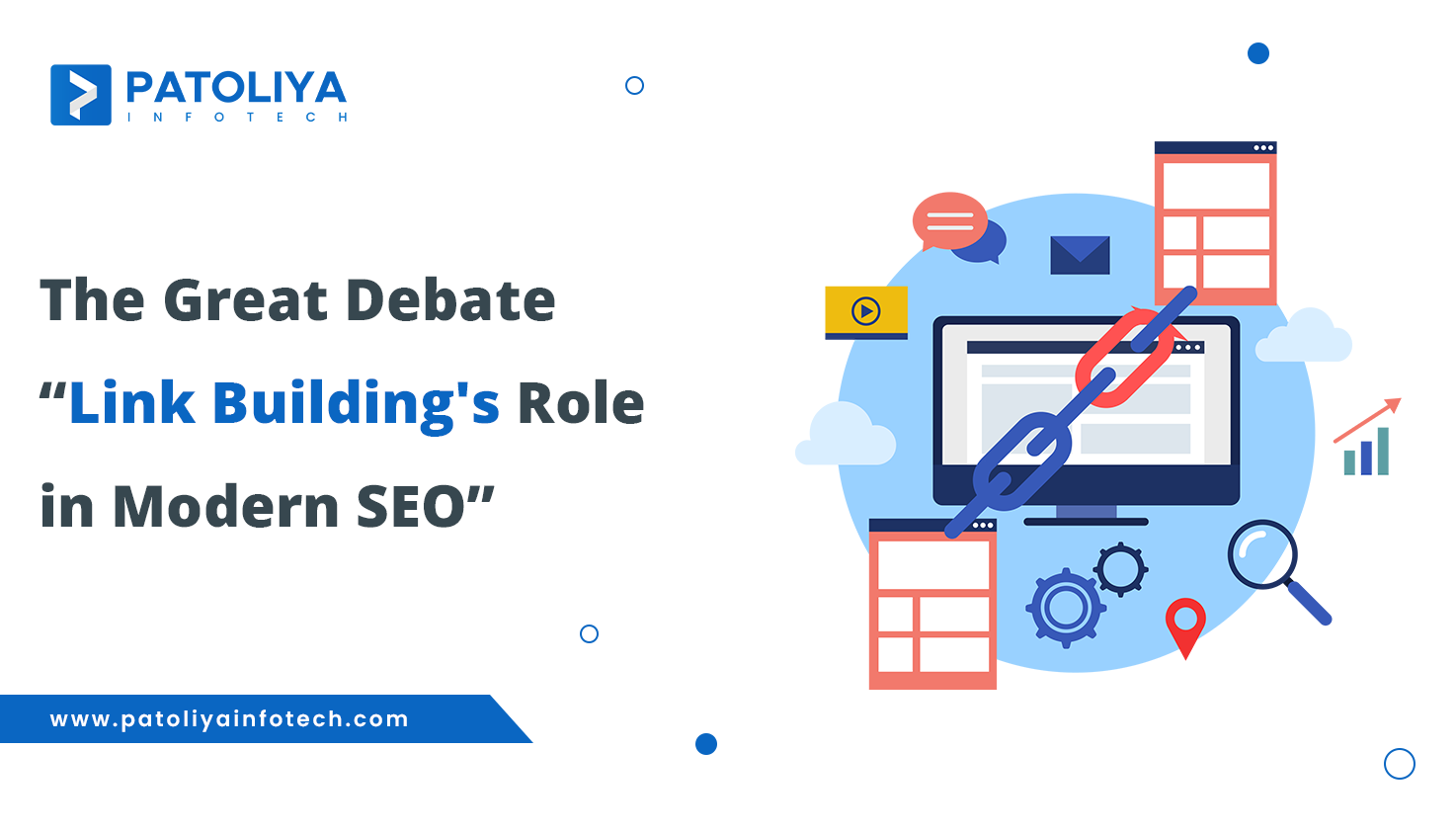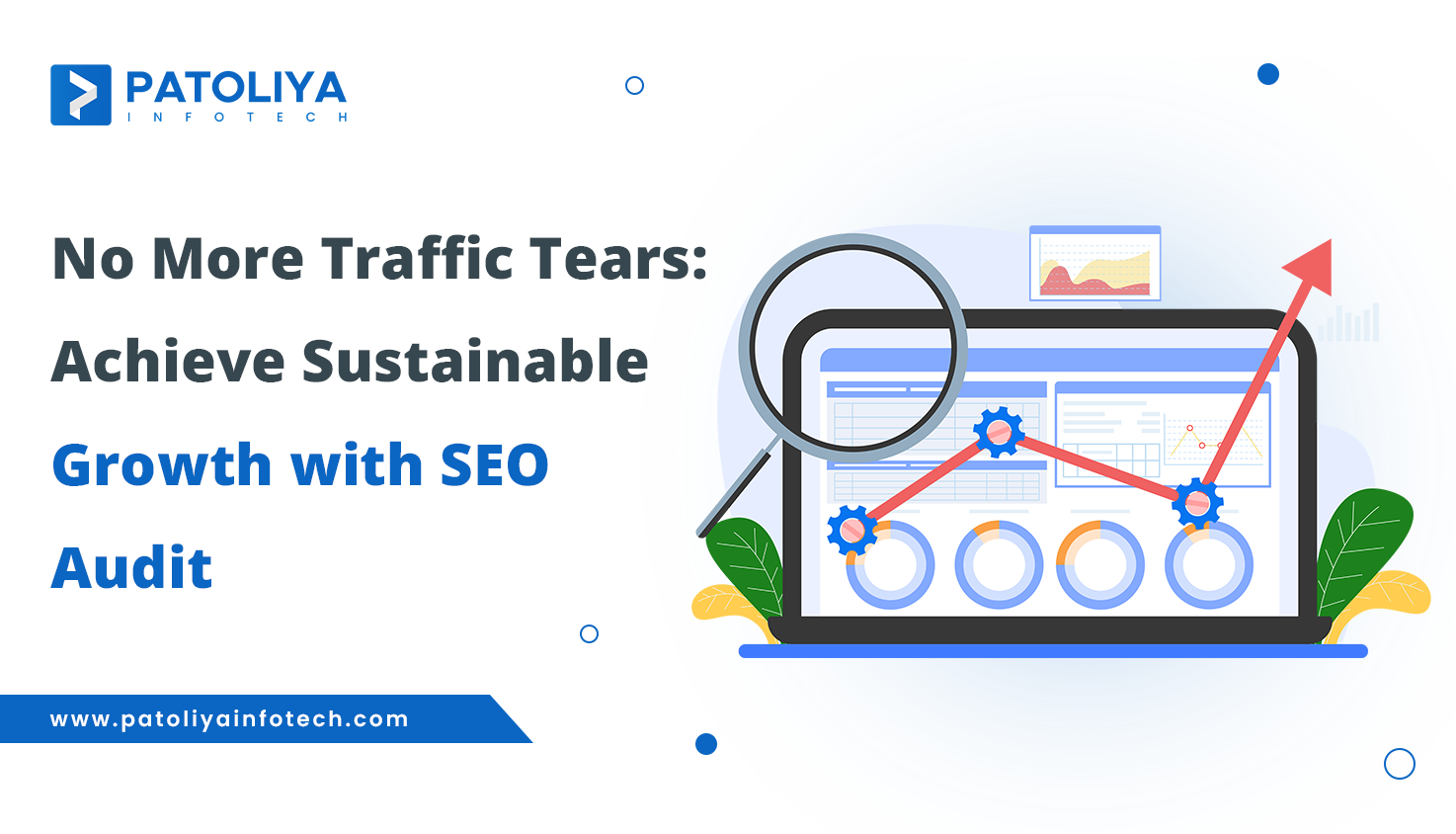All You Need to Know: Instagram vs. Facebook for Marketing
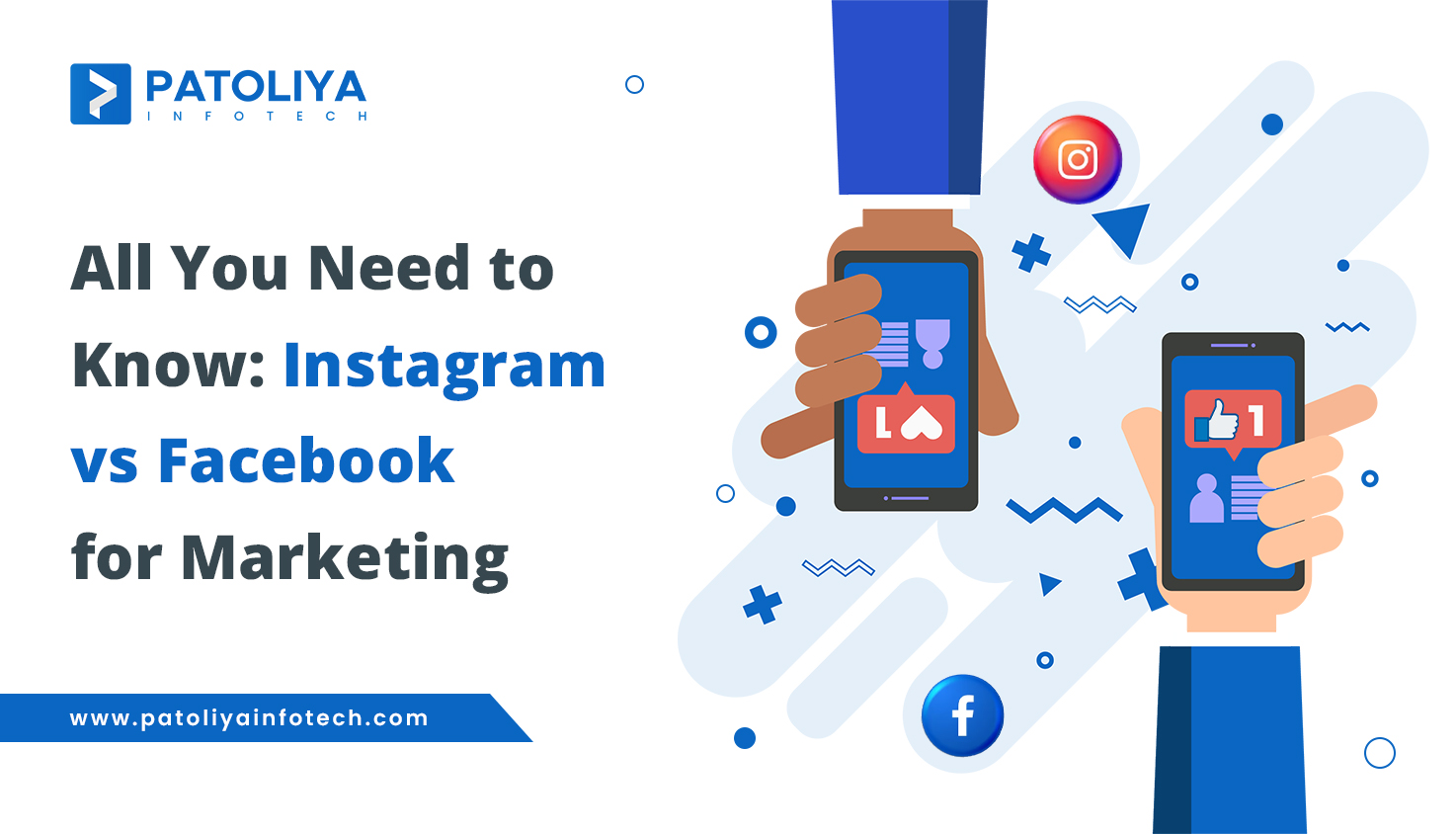
Social media is becoming an essential part of any effective marketing strategy in the modern digital environment. You understand the significance of numbers as a marketer because they define your online presence—followers, likes, impressions, and orders. Since Facebook has almost 2.91 billion monthly active users, it makes sense that people would go to the site with the greatest user base.
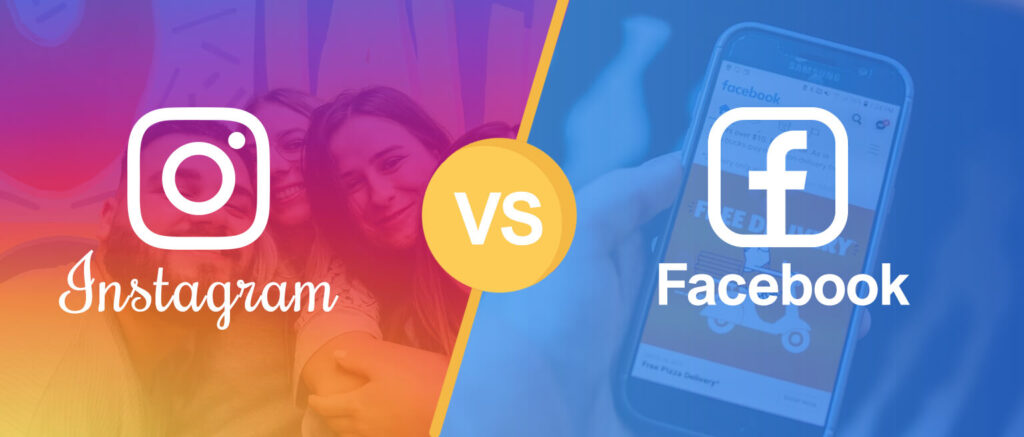
However, the decision of where to focus your social media efforts should not be solely based on numbers. Your target audience, the platform's algorithm, and the goals of your campaign are just a few of the key elements that are at play. You will learn important information to assist you make an informed decision for your future social media marketing endeavors by examining the unique features of Facebook and Instagram.
The differences between Instagram and Facebook must be understood by marketers looking to increase their organic reach, so they can choose the one that best suits their objectives. To maximize outcomes, it is crucial to know how to use each platform properly.
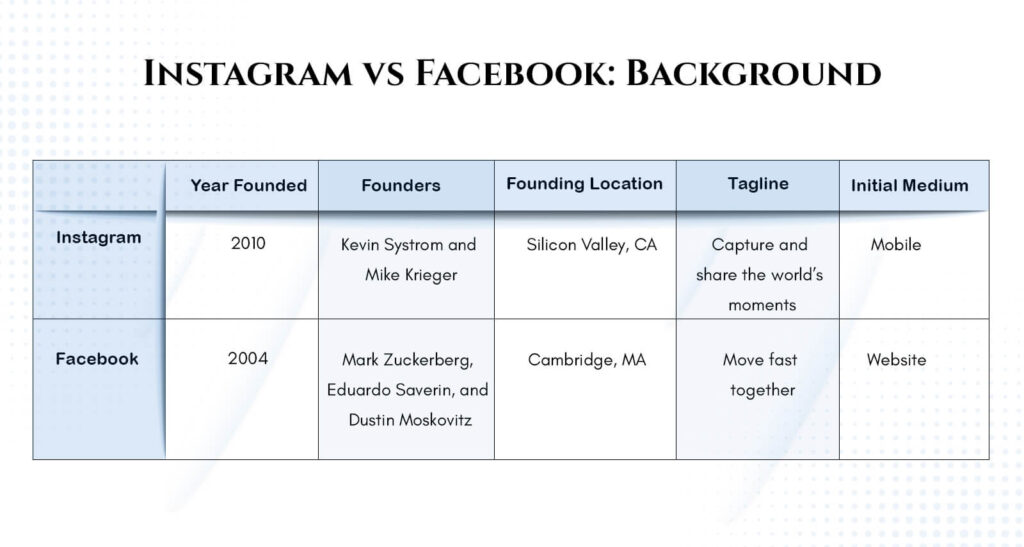
Let's explore the distinctive qualities of each platform so you can maximize Instagram and strategically match your advertisements with your objectives.
What differentiates Facebook from Instagram?
The features of Facebook and Instagram are one of their key differences. Instagram only focuses on making it easier to share images and videos, whereas Facebook offers a wider selection of media types, such as articles, quizzes, links to websites, and lengthy films.
While Facebook serves as a free social media network where users can share a variety of posts with one another, Instagram is an online platform exclusively for sharing images and brief videos.
Facebook and Instagram both have widely used online and mobile app versions available. Instagram may be accessed via a web browser, but its mobile app is easier to use and more popular.
Furthermore, it's critical to recognize that Instagram often draws a younger audience whereas Facebook has a substantially broader global user base.
Two widely used social media networks, Instagram and Facebook, both have sizable user bases around the world. Instagram gained 1 billion users in approximately 7.7 years, whereas Facebook did so in about 8.7 years. Importantly, over time, both platforms have managed to draw more users.
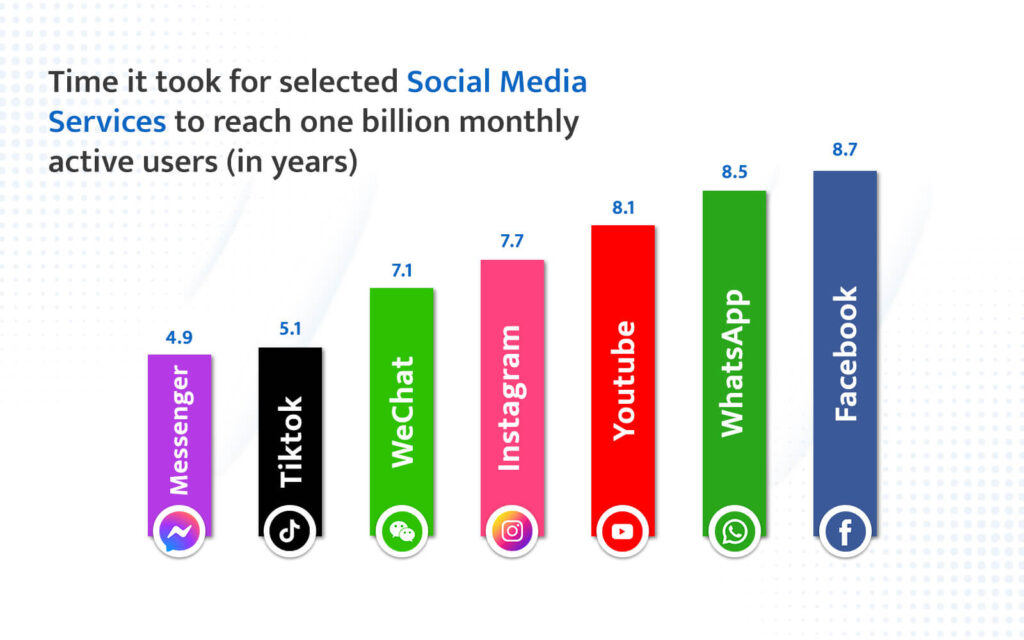
Analyzing Engagement and Content Strategies on Instagram and Facebook
As a marketer, you should focus more on evaluating engagement than just understanding your audience when determining the success of your social media plan. Let's now explore the main engagement strategies that are significant for Facebook and Instagram.
Important Engagement Metrics: The following engagement categories are prioritized by Instagram's algorithm:
- Likes
- Comments
- Saves
- Profile visits
- Share pages
- Time spent on page
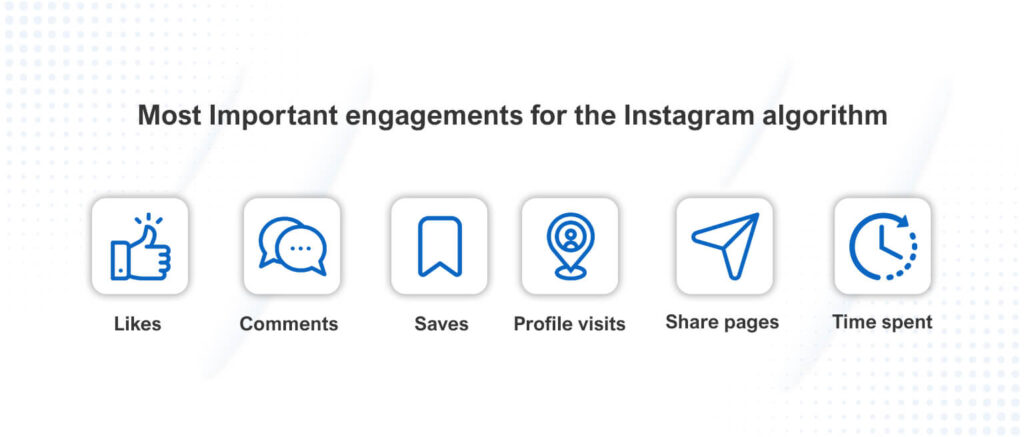
However, the Facebook algorithm places more weight on the following kinds of engagements:
Engagement Metrics Comparison:
Understanding the benchmark data is just as important as monitoring engagements when assessing your organic social media campaign.
It's important to note that Instagram generally has higher average engagement rates compared to Facebook. However, it's essential to understand that each platform serves different purposes, and comparing engagements solely between the two may not always provide an accurate picture.
Time Spent on Instagram vs. Facebook:
Instagram can be addictive, with users spending an average of 11.7 hours per month on the platform. However, Facebook surpasses this figure, with users spending an average of 19.7 hours per month on the platform. This significant user engagement on both platforms presents ample opportunities to connect with your audience through appropriate content.
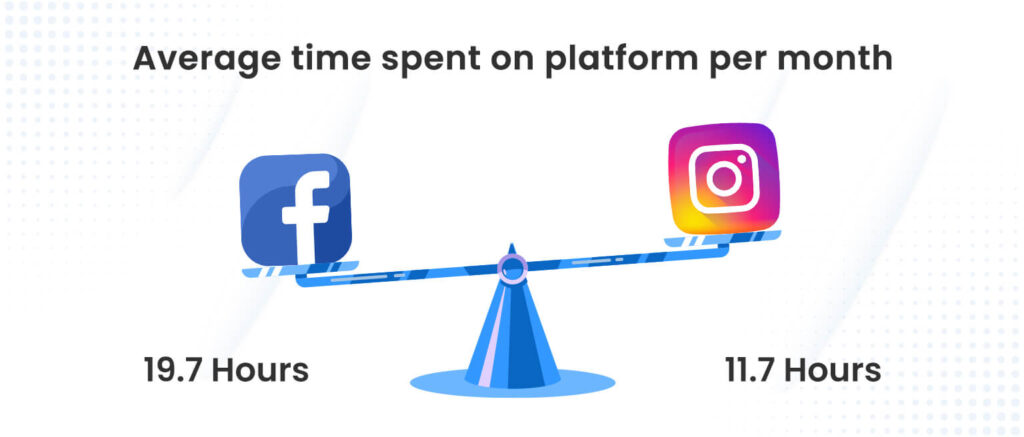
Preferences for Content on Instagram and Facebook:
Although it is impossible to determine exactly what your audience desires each time they log onto Instagram or Facebook, available data can assist in making informed assumptions and producing more captivating content.
Facebook users have specific content preferences:
54% enjoy funny or entertaining content, while 55% follow brands and products. 59% prioritize staying updated with news and current events. Messaging with friends and family is popular among 71% of users. Additionally, 64% frequently post or share photos and videos, showcasing self-expression.
On Instagram, preferences differ slightly:
61% seek funny or entertaining content, and 62% follow brands and products. 51% stay updated with news and current events. Messaging with friends and family is important for 51% as well. Moreover, 70% actively post and share photos and videos, emphasizing visual self-expression.
Notably, a higher percentage of Instagram users turn to the platform for researching brands and products, indicating a greater focus on visual content, product reviews, and customer testimonials.
Types of Content:
The key differentiation between Instagram and Facebook content lies in the requirement of photos or videos for posts on Instagram, whereas Facebook accommodates a wide range of content types, encompassing text-only posts, link sharing, and additional formats.
Varieties of Content You Can Share on Instagram:
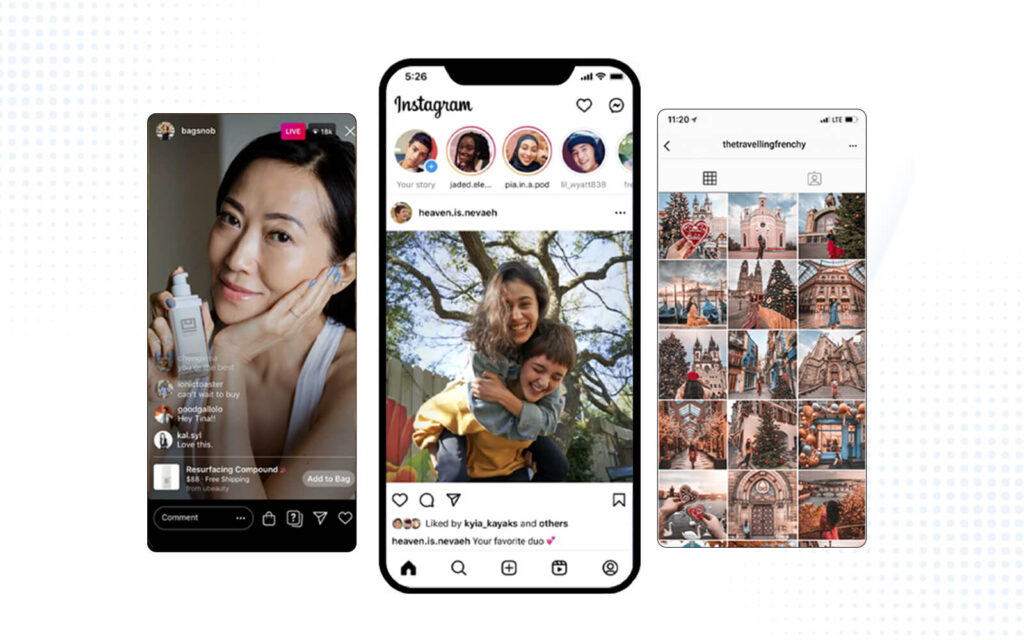
- Photos are the main focus of Instagram posts, along with video content. Although photos may receive less interaction, it's still crucial to include them in your content strategy. One effective approach is to use carousel posts, which enable you to share multiple pictures simultaneously, resulting in increased engagement.
- Instagram Stories are temporary posts that consist of videos or pictures. Due to their prominent placement at the top of users' Instagram feeds, Stories tend to receive high levels of engagement. You can leverage Stories to share user-generated content in which customers have tagged your brand.
- Engaging with your audience in real time is made possible through Instagram Live. This feature is perfect for conducting Q&A sessions, making product announcements, and directly interacting with customers.
- Instagram Reels are short videos lasting 15 or 30 seconds, capable of reaching a broad audience. Unlike Stories, Reels remain on your feed, allowing you to showcase entertaining or informative content. Additionally, you can repurpose TikTok content by sharing it on Reels.
Create your Successful marketing strategies for crafting your 2024 marketing calendar.
Facebook Reels offer a range of content-sharing options on the platform. These include:
Several types of content that can be shared on Facebook are:
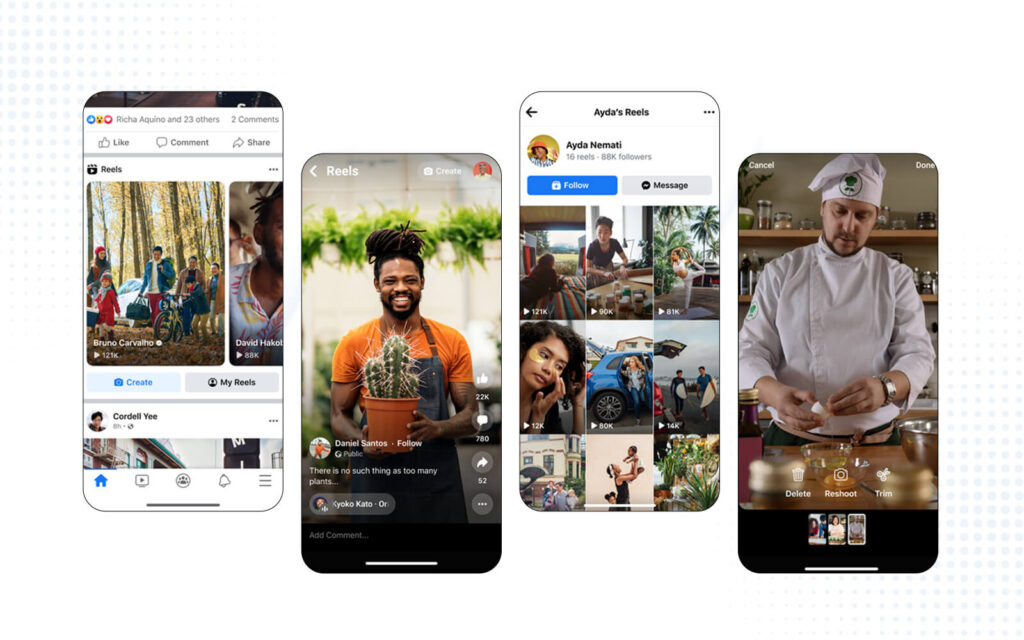
- Updates on Status: Post text, images, videos, and links to your profile feed to keep your followers informed.
- Occasions: Arrange Facebook events for offline or online programs, giving your followers the opportunity to view and RSVP to attend.
- Live Broadcasting: Just like Instagram Live, Facebook Live allows you to broadcast and interact with your followers in real time.
- Images and Videos: While Instagram focuses more on visuals, Facebook still enables you to share photos and videos. Ensure you incorporate brand photos, product visuals, and behind-the-scenes content on Facebook.
Instagram vs. Facebook: Industry Preferences
While businesses across various sectors have the option to create profiles and build a following on both Instagram and Facebook, certain industries find better resonance with each platform, considering their content nature and target audience.
Industries that thrive on Instagram:
- Health and Beauty: Instagram's visual nature and the significant influence of social media influencers make it an ideal platform for the beauty industry. By utilizing Instagram, you can naturally expand your follower base and enhance brand awareness among beauty enthusiasts.
- Clothing and Accessories: Fashion brands reap the benefits of Instagram's visually appealing environment, where users frequently seek inspiration from influencers regarding outfits and apparel.
- Food and Restaurants: Instagram's culture of user-generated content particularly suits the food industry. Encouraging customers to showcase your brand through their posts can generate authentic engagement and foster word-of-mouth marketing.
Facebook Industries:
Facebook excels at cultivating organic followings and fostering engagement across various sectors:
- Real Estate: With a slightly older demographic compared to Instagram, Facebook offers excellent support for visual content and link sharing. This makes it an ideal platform for the real estate industry, where visuals and detailed information play a crucial role.
- Travel: Similar to real estate, the travel sector heavily relies on captivating visual content, link sharing, and providing supplementary information.
- Education: Facebook stands out as the leading social media platform for educational marketing. Its user base skews towards older individuals, attracting parents who are more likely to have school-aged children. If you represent an ed-tech company or a higher education institution, exploring Facebook as a marketing channel is highly recommended.
Different types of businesses on Instagram and Facebook:
Instagram and Facebook cater to various business types, but certain industries find more success on these platforms. Industries that thrive on visual content and interactions between accounts, such as business-to-consumer (B2C) brands, are particularly well-suited for Instagram and Facebook.
Among the different business types, e-commerce stands out as one that should undoubtedly establish a presence on both platforms. While both Facebook and Instagram facilitate direct sales, marketers often find that Instagram provides the highest return on investment (ROI) when it comes to selling products.
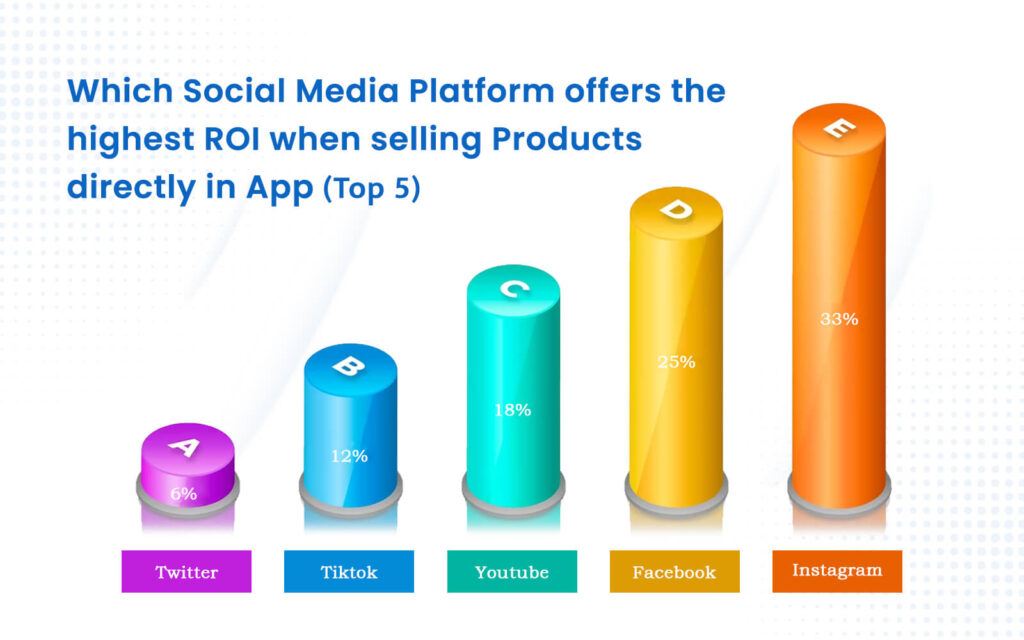
Comparing Instagram and Facebook Advertising:
It is important to distinguish between your organic strategies on Instagram and Facebook from your advertising strategies, while still ensuring they complement each other. By expanding your organic audience and gaining valuable insights, you can enhance the targeting of your advertising campaigns on both platforms.
Instagram presents a range of advertising formats, including image ads, Instagram Story ads, video ads, carousel ads, collection ads, Explore ads, Instagram Shopping ads, and Reels ads. Conversely, Facebook offers ad options like image ads, video ads, carousel ads, instant experience ads, collection ads, Facebook Lead ads, slideshow ads, and Facebook Messenger ads.
Instagram and Facebook: The Best of Both Worlds
Given that many individuals engage with multiple social media platforms, it's highly probable that even if you have a preference or achieve greater success on one platform, you will still connect with a substantial portion of your intended audience to some degree.
The exciting part is that you needn't make a decision between Instagram and Facebook. Leverage the disparities outlined earlier to customize your approach for each platform, guaranteeing optimal utilization of your time and content on both Instagram and Facebook.

